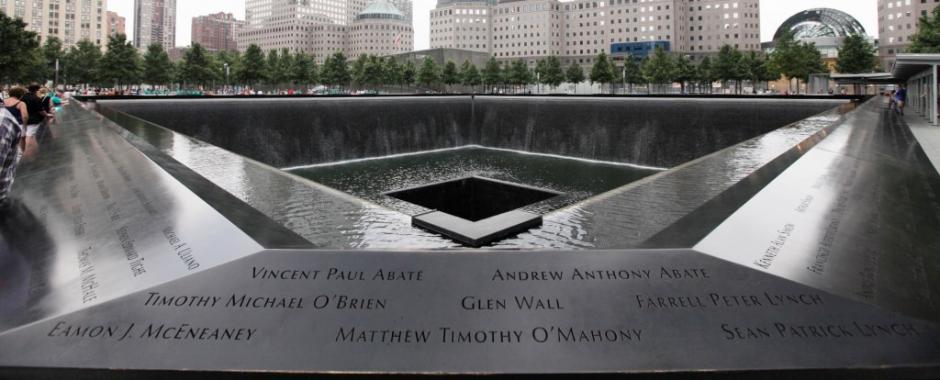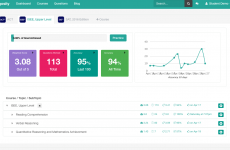The week of December 8-12, 2014 marked Computer Science Education Week. Millions of students around the US and the globe participated in the non-profit organization Code.org’s Hour of Code, teaching kids about the basics of coding in a 60-minute introductory course. Schools that participated in the event around the country have reported the event as successful in sparking an interest in coding for students who otherwise may not have been exposed to the skill. Students who successfully completed the Hour of Code were awarded with a certificate from Code.org to signify their new knowledge of computer science basics.
During their Hour of Code, kindergartners at HISD’s Briargrove Elementary School worked together to create an character to interact with using Scratch, a programming app that helps create interactive stories and simulations for the character and build its environment. HISD ESL kindergarten teacher, Cleopatra Jones, noted her hope that Hour of Code would further “fuel a love of math and science, as well as introduce [students] to express themselves and ideas in other media formats.”
Sixth graders at HISD’s The Rusk School used skills learned during their Hour of code to pay it forward, by teaching kindergartners how to code. Eighth graders at Fonville Middle School participated in Hour of Code tutorial by writing their first lines of Java script through games and puzzles. They were also guided by fellow students who had already completed a related computer science course.
The goal for HISD in participating in Hour of Code, like many other schools around the world, has been to spark an interest in opportunities create by learning about computer science and coding. As noted in our previous coverage of Hour of Code, software development job demand is expected to grow by more than 20% by 2022. By learning coding, students learn problem solving, communications skills, and a strong engagement with not only math and science, but also taps into student creativity.
In Austin, Texas, the Ann Richards School for Young Women had all 764 students participating in Hour of Code events throughout the week. The school’s principal, Jeanne Goka said that the event gave the school a chance to “’de-mythicize’ the idea that coding is difficult and not for girls.” An eighth grader at the school named Zoe had been coding for a while in her free time, but became more interested after finding out the computer science field was male dominated. She questioned, “what’s stopping women from doing it? What can we do to make it a more even playing field?”
Facebook COO Sheryl Sandberg participated in a video chat with Ann Richards School students on Monday, December 8th, 2014 to kick off the event. She attempted to assuage any concerns for first-time coders saying, “girls do as well, if not better, than boys in technology.”
Other success stories from around the country found students eager to continue learning about coding and computer science, even after Hour of Code ended. In New Jersey, students at Woodrow Wilson Middle School who participated in the event were excited to keep learning how to code at home after school. The school’s principal Patricia Cotoia noted the school’s desire for every student to “have the opportunity to learn computer science.” She also recognized the benefits of learning how to code, saying, “It can help them with problem-solving skills, logic and creativity. Computer science skills can provide students a foundation for success in any 21st century career path.”
National supporters of Code.org’s efforts included Apple, Microsoft, Facebook, the White House and even Disney. Code.org’s website features a game for kindergartners to learn how to code with Frozen’s Anna and Elsa, engaging the youngest demographic through the wildly popular movie’s main characters.
Visit Code.org for more information on Hour of Code and their other programs.
















